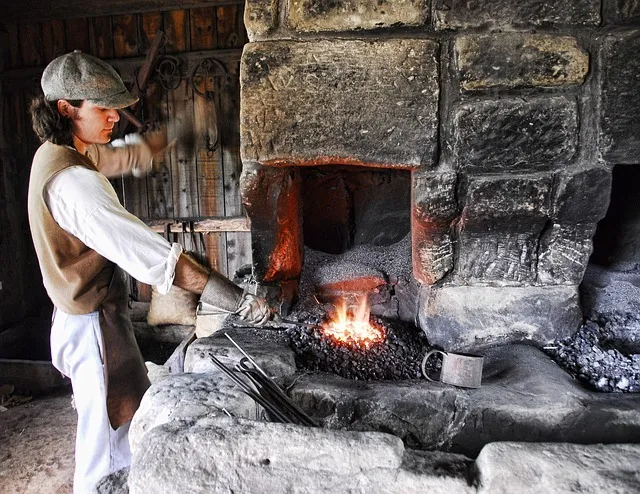
Ironwork is a discipline that has long remained in the shadows. However, it deserves to be known insofar as it does wonders with iron. What is ironwork, and what are its different branches? What are the particularities of the ironwork? And what is the impact of ironwork on the environment?
Ironwork: What is it?
Ironwork can be defined as the art of working metals in general and iron in particular. Like the blacksmith, the ironworker does most of his work at the forge. However, many situations lead him to do his work with a stamp or a hammer. It should also be noted that some blacksmiths have skills as ironworkers.
Ironwork: The Different Branches
The ironwork has multiple branches. If the ironwork of art is the most known of all, it is essential to underline that the ironwork of the building is not at rest. Indeed, it is an excellent option for all who wish to build stair railings or wrought iron balustrades, whether for renovation or construction work.
There is also the popular ironwork that can be assimilated into the forge in our time. Apart from these 02 branches, it is also necessary to underline the important place of the industrial ironwork which intervened formerly in its beginnings in the construction of the official buildings as well as those of the individuals of the upper middle class.
Finally, we can not finish without discussing the domestic ironwork that should not be confused with the building ironwork. Domestic ironwork is specialized in the manufacture of kitchen utensils. This branch uses mainly aluminum parts as raw material.
Wrought ironwork: The particularities
Art ironwork is the branch of ironwork that deals with manufacturing art objects. In its early days, wrought ironwork was mainly used for the decoration of public buildings, buildings of the upper class, and churches.
In addition to decorating these official sites, wrought iron was also used to reinforce the various wooden structures of these buildings, starting with the doors. In France, and more precisely in Paris, we find exceptional works of ironwork at the level of some entries of the famous cathedral Notre Dame de Paris.
It is important to emphasize that the ironwork is based on boiler making. However, it is not the only branch of ironwork that uses the latter. The same is true of the Winter Palace in St. Petersburg, where the decoration made of cast iron grating leaves no one indifferent.
Ironwork and Environmental Protection
In this day and age, when environmental protection issues are on everyone’s lips, each sector of activity must take the necessary steps to reduce its CO2 emissions on the one hand and promote recycling on the other.
Whether ferrous metals such as iron, steel, or cast iron; non-ferrous metals such as aluminum, zinc, or brass; or precious metals such as titanium or platinum, ironworkers recycle just about everything.
